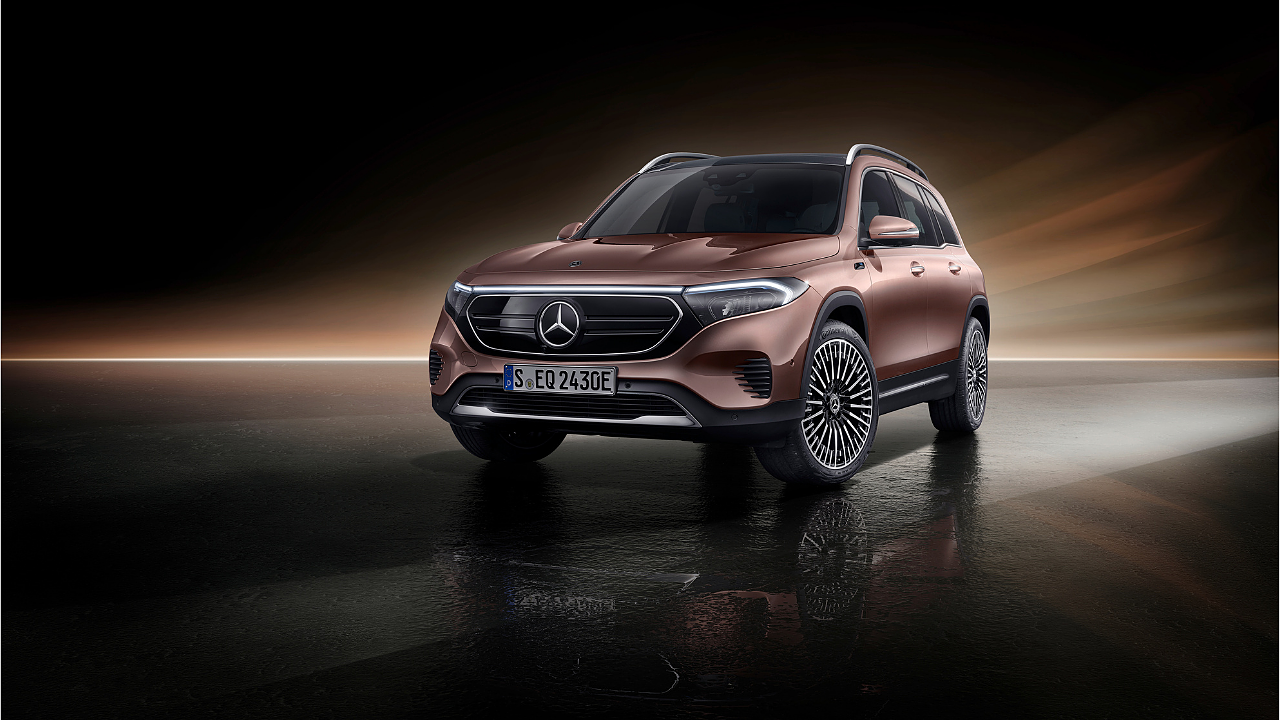
Growing demand for zero emissions commuting and governments supporting low emission vehicles through subsidies & tax rebates have led to automakers adopting Electric Vehicles (EVs). These factors fuel the growth of the EV market, and according to the study carried out by MarketsandMarkets, it is projected to grow from 4,093 thousand units in 2021 to reach 34,756 thousand units in 2030.
The report, 'Electric Vehicle Market by Component, Vehicle, Propulsion, Vehicle Drive Type, Vehicle Top Speed (<125 mph, >125 mph), Charging Point, Vehicle Class, V2G and Region,' states that the EV market will grow at a CAGR of 26.8%, during the period.
Ever-increasing concerns over increased pollution by the automotive industry is the prime reason government bodies are promoting zero-emission vehicles over petrol or diesel ones. People have also recognised the need for using zero-emission vehicles to reduce the pollution. To attract and encourage people to buy EV's, government bodies of different countries introduce attractive schemes and incentives that include inspiring discounts, lower vehicle acquisition taxes and lower road taxes for zero-emission vehicles.
Which is the largest market in the forecast?
The report has segmented Asia Pacific into China, Japan, South Korea, and India. The governments of the developing economies in the region have recognised the growth potential of the EV market and, hence, have taken different initiatives to attract major OEMs to make EVs. For instance, the Government of India, to increase the adoption of electric vehicles, has announced plans for financial support—a zero-rated goods and services tax (GST) for a window of three years for EVs and a scheme called Faster Adoption and Manufacturing of Hybrid and Electric Vehicles (FAME).
China is also investing heavily in the production of e-commercial vehicles, with export plans. OEMs such as BYD plan to open plants in other parts of the world to manufacture electric buses and electric trucks to meet regional demand. The country also supports EV usage by giving a subsidy for buying EVs. It is also promoting EV manufacturers to develop EV technology in the country. Various cities are setting up EV charging stations across the country due to the presence of its subsidy for setting up EV infrastructure, the report said.
Japan has also been developing its EV infrastructure along with various OEMs in the region. The country is working to create BEVs, PHEVs, and FCEVs for their market. It had plans to showcase all FCEV use during the Tokyo Olympics. It has been developing its EV market at a very fast rate.
South Korea is also working to develop EV infrastructure across the country quickly. It also plans to speed up the EV demand in the country. For instance, OEMs like Hyundai and Kia are working for introducing high-performance EVs in their market.
Various top European and American OEMs are also catering to Asia's EV market on a growing scale. All these factors will drive the EV market in the Asia Pacific region, stated the report.
MEA is expected to be the fastest-growing market
The Middle East and African region have started giving importance to the EV market in the recent past as the governments of UAE, Egypt, South Africa, and Cyprus have been working on growing their EV demand and EV charging stations across the region. These countries have provided incentives for EV buyers.
A large part of the EVs sold in this region are bought from China and Europe. Due to the low power tariff in these regions, the charging cost for EV's comes down drastically; however, the vehicle ownership costs make up for much of the difference.
Advantage Middle East
As the urban areas are much closer together, a decent EV can get the users around wherever they need to go within the states, with 80% charge. Moreover, the rising disposable income of people in this region and the need for emission reduction has led to an increase in EV demand over the last few years. UAE, for instance, plans to add over 42,000 EV's in the country by 2030. The country also plans to be among the world leaders to develop charging stations in the region. It plans to give free EV charging till 2025 to promote the EV market, stated MarketsandMarkets.
Passenger cars to be the largest segment
According to the report, the electric passenger car is the fastest-growing segment in the EV market. It is expected to witness significant growth during the forecast period. Major factors that drive the market include availability of a wide range of models, upgraded technology, increasing customer awareness, and availability of subsidies and tax rebates.
Major EV makers like Tesla, BYD, BMW, Volkswagen, Nissan, Toyota, Honda, Hyundai, Daimler, Volvo, GM, SAIC, and others have been competing in the market. Notable, these companies have a strong market for their EV's around the world.
The passenger car segment accounts for the largest share in the EV market. In fact, countries such as China have a low waiting period for electric vehicles compared to ICE-powered cars. Due to the growing stringency of emission norms, European countries are planning to decrease their vehicle emissions by 2050. US and China also follow suit. In addition, the fast growth of EV chargers has also led to the development of the EV passenger car market, the report added.
Courtesy: MarketsandMarkets
NB: Photo is representational. Courtesy: Mercedes-Benz.

